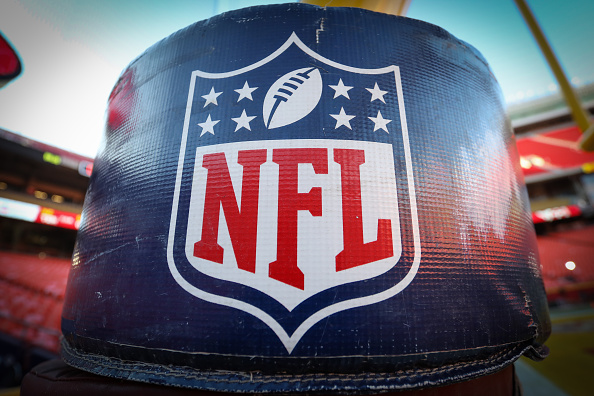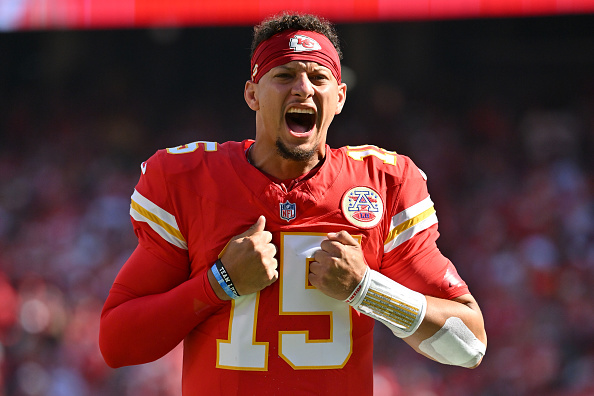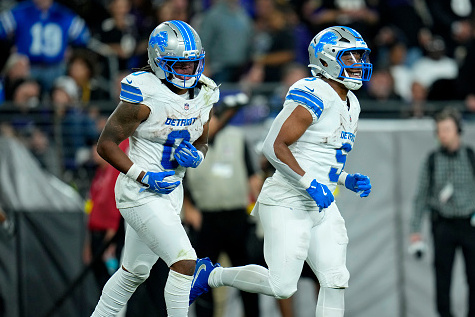In the new age NFL, you can’t go a day on NFL Twitter or NFL Instagram without seeing expert opinions, Pro Football Focus player grades, or random stats.
We live in an era in which stats are incredibly important, and fans look to get as many data points on players as they possibly can to form their own opinions.
Not many fans internally think about what is the optimal blend of information to form an opinion. The mix is different for everyone, as some fans value what they actually see on the field with great regard compared to what they see in the stat book or on Pro Football Focus.
However, there are other fans who treat PFF as the Bible or will only support a player if a certain analyst supports them. For example, if Skip Bayless loves Dak Prescott, and you love Skip Bayless, you’ll love Dak Prescott.
No approach to analyzing the game of football is perfect, so here is a look at the four common techniques of determining how you view a player or team on the most basic of levels.
The Eye-Test
Pros
With the eye test, you actually get to see the player play. An analysis based fully on the eye test lends itself to true football analysis and not the cherry picking of stats. The eye test enables you to actually see who the best players are on the field. With the eye test, you aren’t subject to contradicting opinions from experts, stats, and player grades, but you form your own opinion by watching the players play the game.
Cons:
For many fans, and even some analysts, the eye test is not a perfect system. Fans may look for different things, or they may have untrained eyes in regards to looking for specific schemes or specific players inside the scheme. For example, the offensive line and defensive line are only mentioned in broadcast sometimes when they either fail or succeed.
On a down-to-down basis, many offensive linemen go unnoticed, which could lead the average fan to not notice them in the course of a game. If you watch the game live or with a muted TV set, you may also be subject to missing certain aspects of the action based on the commentary.
Pro Football Focus
Pros:
A catchall resource such as PFF can be incredibly valuable for those that don’t have the time to watch 256 regular season games a year. It gives an effective overview of every player boiled down into a simple number, which naturally lends itself to being compared and looked at over the course of multiple seasons. PFF is an excellent resource for comparing players and seeing the progression or regression of players based on what’s around them. PFF also has stats that don’t appear in the box score which affect the course of a game.
Cons:
If one uses PFF as the end-all be-all for football analysis, they miss out on both the opinions they garner through watching the game and the opinions of other resources or just general statlines. Using just PFF is rather close-minded, as not all of the grades are perfect, and many stats that PFF introduces have flaws. While many of PFF‘s methods have been made public, it is often difficult to ascertain the upper-level stats which might be accessible to teams or the NFL as a whole.
Expert opinions
Pros:
Having an expert agree with you is generally a good sign. If you think Ezekiel Elliott is a good player, and Shannon Sharpe thinks Ezekiel Elliott is a good player, chances are you’re probably correct in saying that Ezekiel Elliott is a good player.
This lends a feeling of credibility because many analysts either played the game or have watched the game religiously for multiple decades. In terms of covering up missing spots in your own knowledge, expert opinions can be valuable resources to have on a basic football knowledge level.
Cons:
For experts, they also succumb to some similar problems. While many of them have the resources to watch every game in a single week, there are some that don’t put in the effort necessary to properly rate a player. While many experts take the time and effort to put the best product on TV or on radio, there are some that follow generic media trends or make blasphemous opinions that have no basis in reality.
Statistics
Pros:
This outline is the most fundamental form of football. If you don’t watch a game, the simple answer is to look at the stats to see who the best and the worst players were. Do you need to see who the best receiver in the league was before you started watching football? Go ahead and look at who led the league in receiving yards or receiving touchdowns or receptions or a combination of the three.
It is the most intuitive form of gathering information from games one did not actually watch as it takes less time than finding the game on YouTube or on some other form of watching the game.
Cons:
If you aimlessly follow the stat line, you are devoid of all context from over the course of the game. If you looked at the stat lines for Super Bowl LII, you might think that Tom Brady had a tremendous game purely because he had 500 passing yards during the game. However, when you only take into account his number of passing yards, you can fail to realize that New England was forced to abandon the running game early because Philadelphia was scoring at an unreal pace.
————
As a whole, a good fan uses a blend of all four resources to form their own opinions. If a fan dips too much of his resources into one of the pools of information, they can come out with a very skewed view of what football brings to the table.
However, failing to use a resource at all misses valuable information which can be used to expand your football knowledge and your understanding of the game between the lines. For example, not watching the game can hurt your football knowledge and your connection to the game of football.
If you do not use PFF or other grading systems, you might miss an analysis of more unknown players and prospects. If you skip out on all of sports talk radio, you also miss some of the things that experts can point out that you might not have noticed. These simple suggestions might be a look at how a player runs on the field or how a player is able to get by his matchup on a consistent basis.
Finally, a football opinion without any statistical background generally is not as strong as one that has some sort of statistical background. Stats must be used in some capacity to support your discussion on whether you are comparing players or just seeing if a team is good or bad. Stats are a valuable resource and a tangible resource to discuss the NFL and other sports.
Verdict:
In 2019, it may be hard to distinguish between what is real and what is fake news, but blending the four above resources can help you understand the nuances of football all while catching the greater impact that some players can have that may not be seen by an untrained eye.






